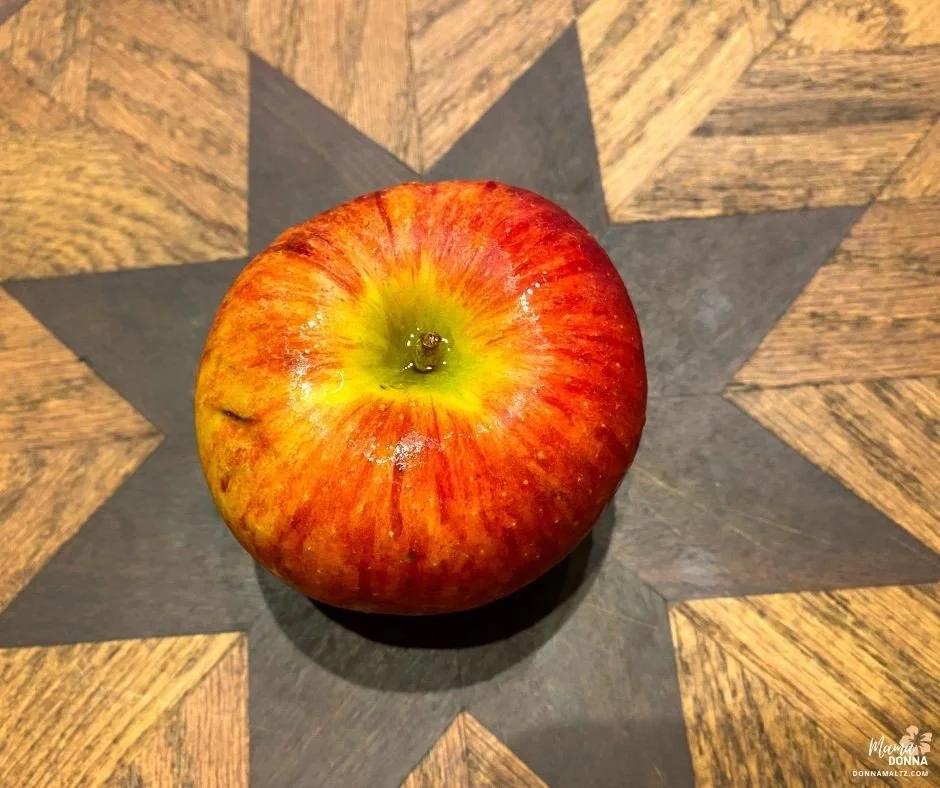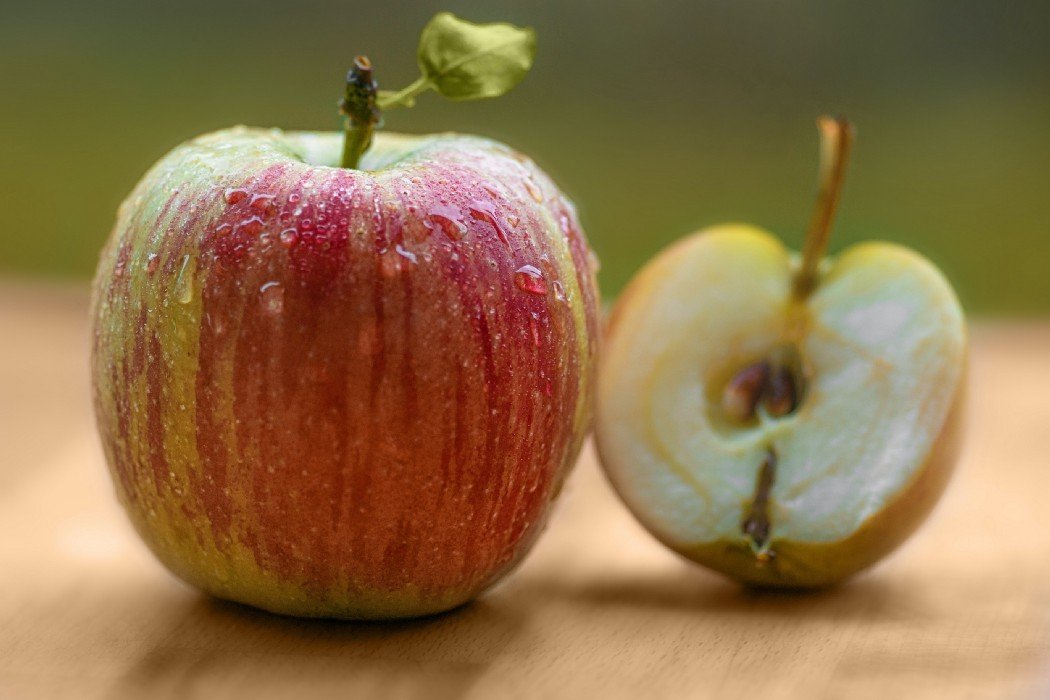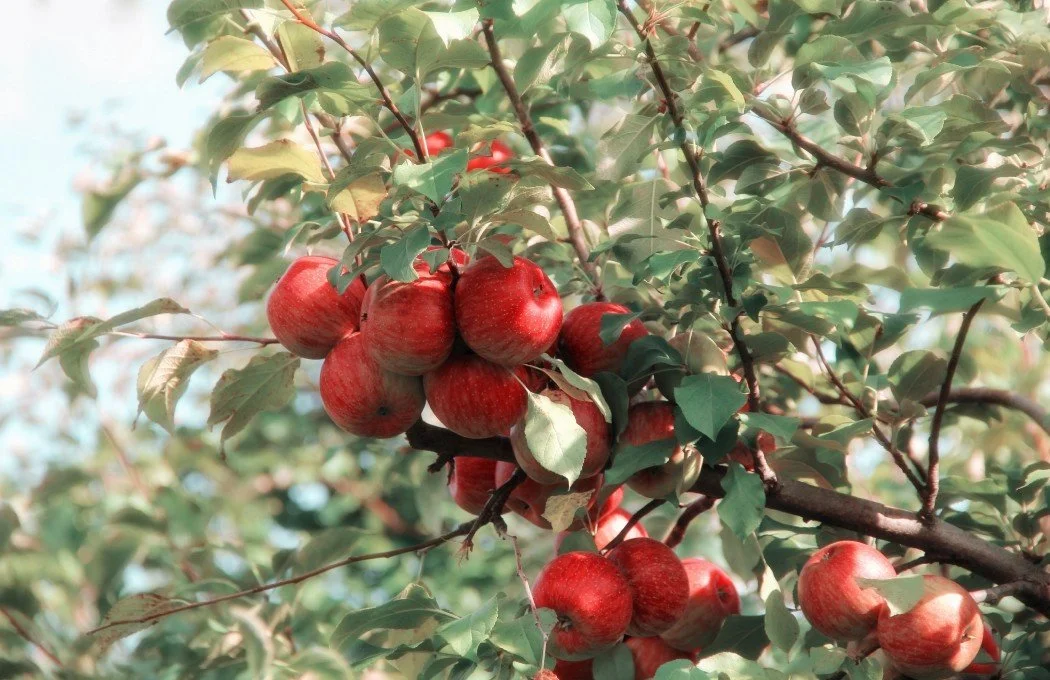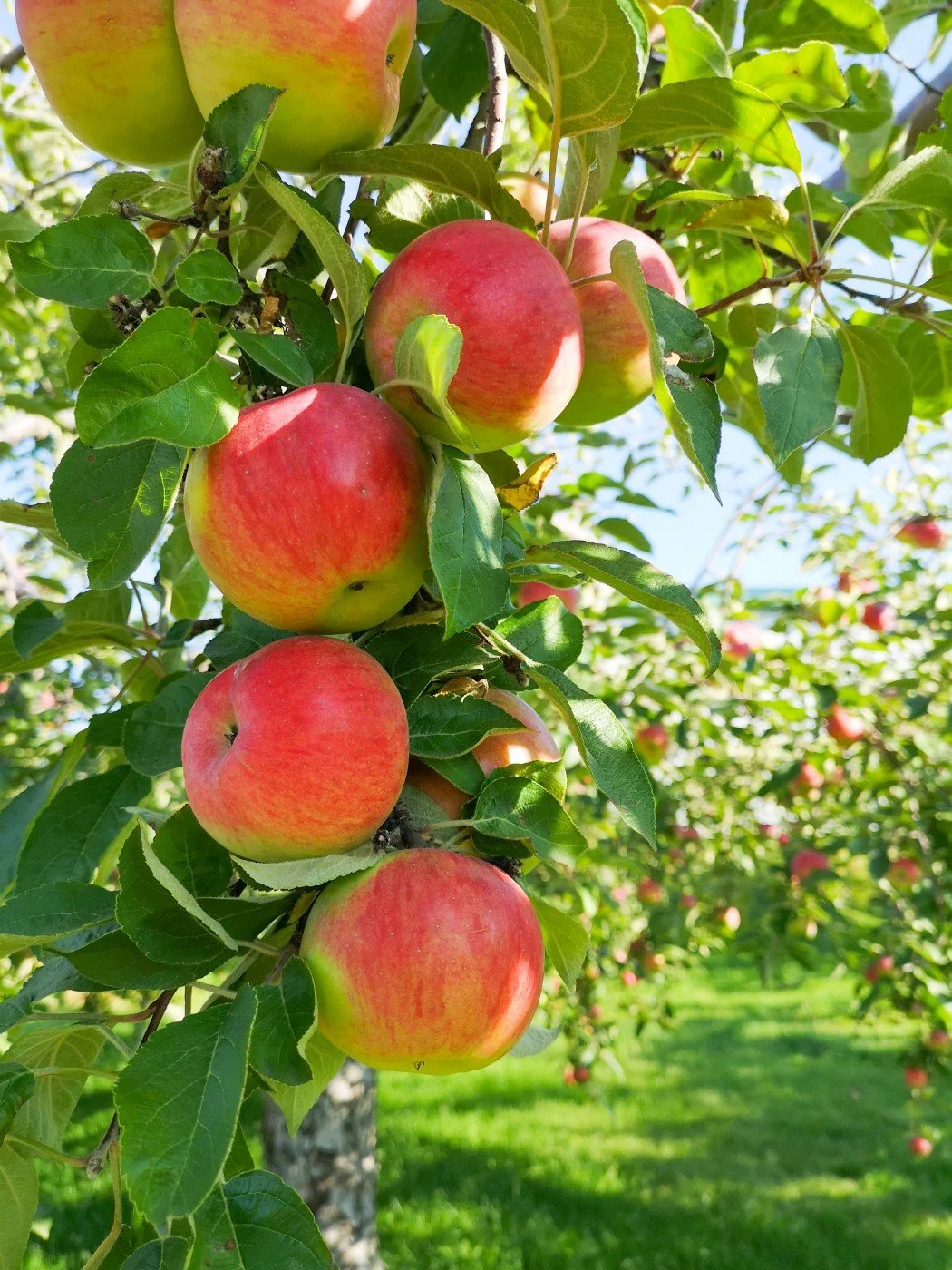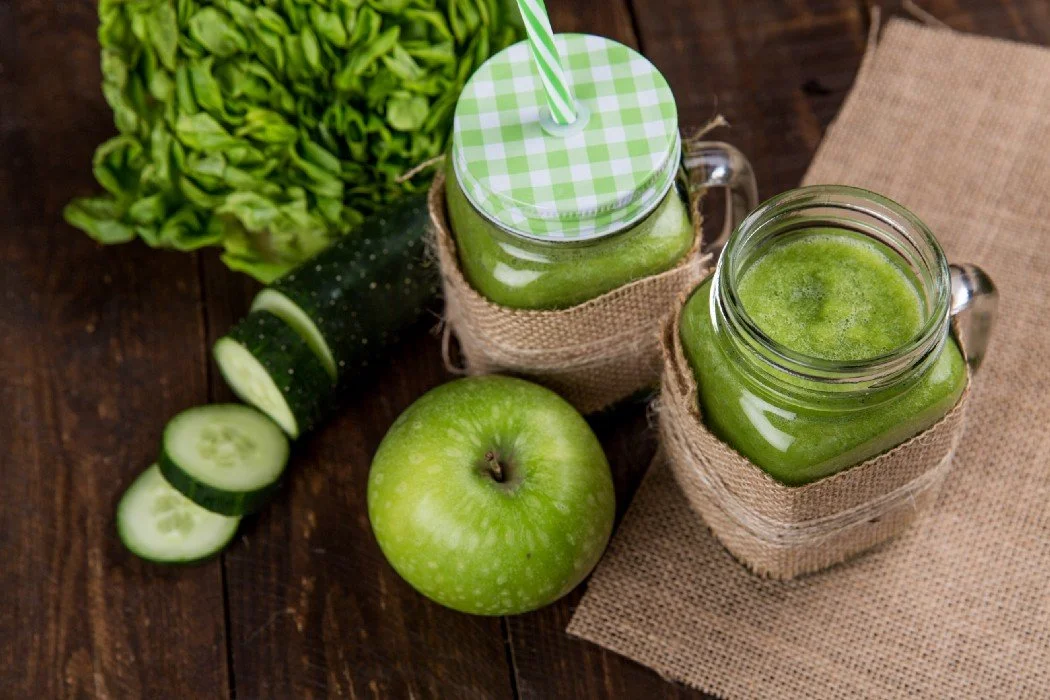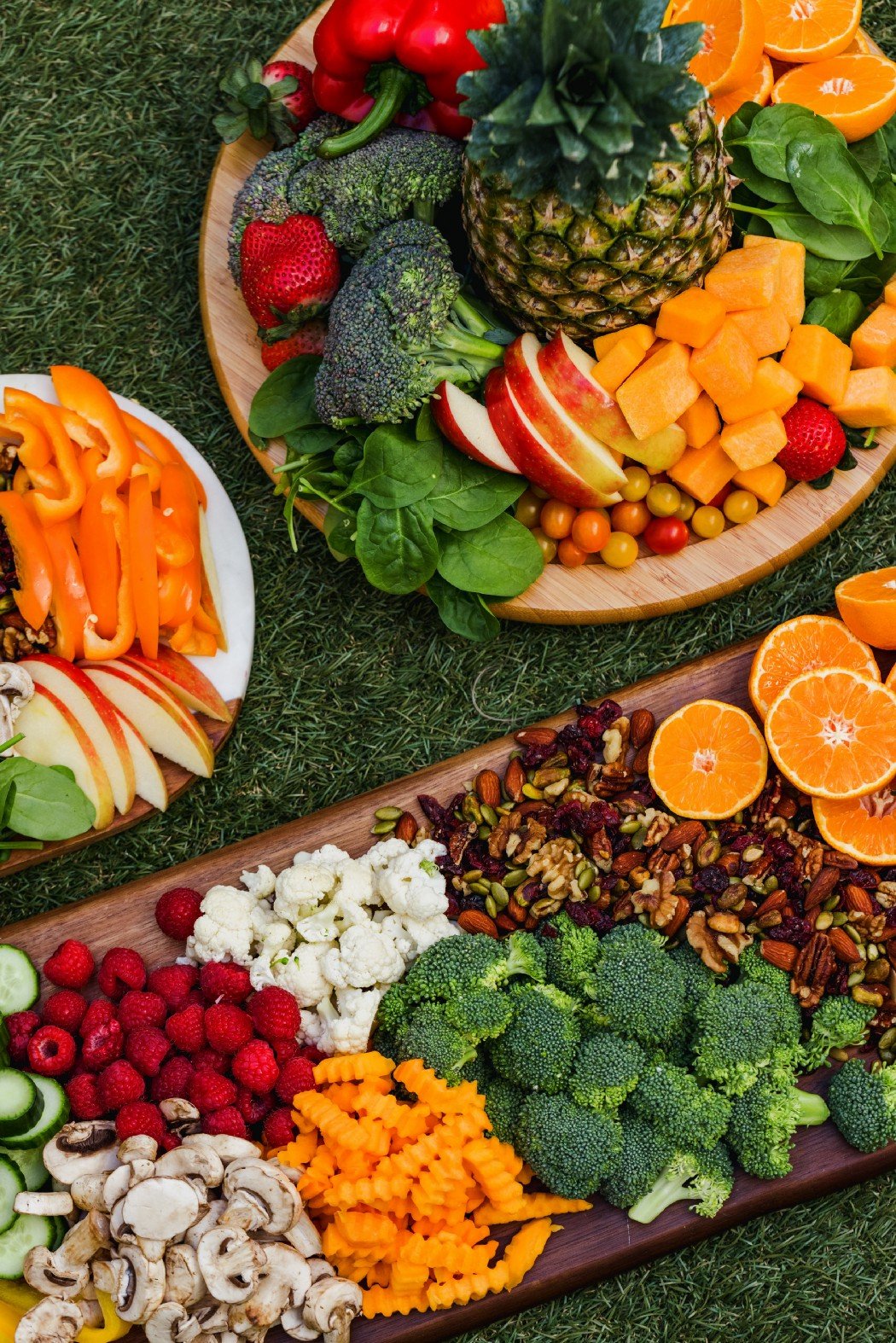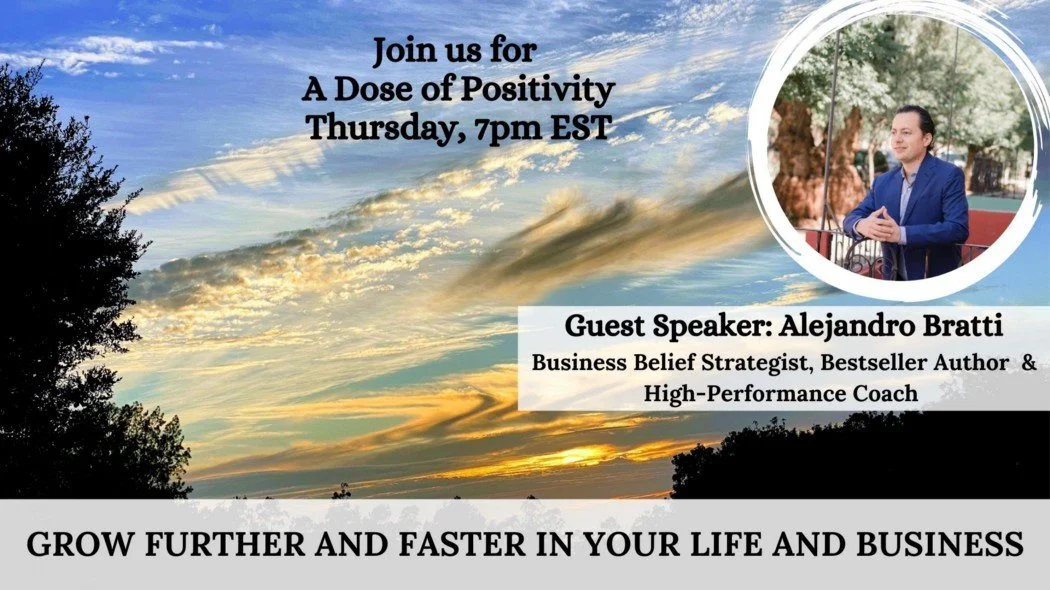🍎 Boost Your Immune System with Apples! 🍏
🍏 Green or 🍎 red, crispy or saucy, baked or fried, apples can keep the doctor away and help save the world if ecologically grown. Eating apples keep your immune system in good shape.
No matter where you live, the weather is unpredictable. If it’s rainy and chilly, or hot and humid, it’s important to keep your immune system as strong as possible so you don’t get sick. Luckily, there are plenty of foods that support your immune system, including apples, which are the 🤩 star-fruits of this article. Apples are one of nature’s most undervalued gifts. Because they’re available year-round, they’re considered convenient food to grab on the go. But more than this, they are power-packed with vitamins (especially C), fiber and contain essential antioxidants to support immunity.
This article will cover the health benefits of apples, offer delicious ways to use apples, tips on tips on how to grow apples, and the history and myths of these nutrient-dense fruits. I will include my favorite immune-boosting apple recipe. By the time you’re done reading, you just might become an apple fanatic like me.
Photo by mali maeder from Pexels
How do apples support your immune system? Think back to grade school when your teacher probably said that an apple a day keeps the doctor away. Although it’s more likely that medical professionals came up with this phrase to encourage eating apples instead of teaching children about immunology and preventive health, there’s actually something to the worm-eaten phrase.
Apples are rich in antioxidants. According to studies cited by NCBI Health Resource, they contain flavonoids such as quercetin and rutin, chemicals that may help protect against multiplying cancer cells by promoting apoptosis or cell death during times of stress. In addition to these natural antioxidants, apples also provide other nutrients that support overall health and boost our immune system.
Apples contain large amounts of vitamin C, which helps the body produce white blood cells to fight infection and disease-causing bacteria and viruses. Along with natural vitamins (such as vitamins A and E), minerals (such as potassium and calcium), antioxidants, and other nutrients, they all work together to give your body the extra boost it needs to ward off everything from colds to cancer. In fact, some recent studies suggest that apples may be just as effective as many over-the-counter cold medications in fighting off the flu without the harsh side effects associated with acetaminophen or ibuprofen.
Apples are a rich source of dietary fiber. According to research published in Plant Foods for Human Nutrition, an apple contains 4 grams of dietary fiber per 100 grams. (For a daily intake, men should consume 38 grams daily, and women 25 grams.) Additionally, a serving of apples also provides your body with 3 milligrams (mg) of thiamine (vitamin B1), which helps convert carbohydrates into energy. For every 1 mg of thiamine consumed, you’ll receive 2 calories to burn as energy. But too much vitamin B1 can be toxic. To prevent overconsumption, stick to 6–9 milligrams per day, or about 1 medium apple.
While there are many health benefits associated with eating apples, here are more qualities that make them a perfect immune booster:
Reduces the risk of cancer by blocking certain carcinogens from reaching cells in the body, as well as lowering bad cholesterol and protecting against cardiovascular disease.
Helps keep your skin looking younger.
Supports healthier eyes.
Makes you feel fuller longer than other fruits, making you less likely to overeat.
With all this sweet and juicy information, it’s no wonder apples are touted as one of nature’s superfoods! Apples are the most consumed fruit in the U.S., followed closely by oranges.
A Few Fun Facts and Stories About Apples (and if you really want to geek out on more fun facts and stories, I have a few links for you at the end of this article).
Apple orchards have been in existence before biblical times. The word “apple” comes from an Old English root word meaning “the fruit of a tree.” Around 100 A.D. Latin and Greek words first defined it as a round fruit with seeds.
The origin myths around apples stem from man’s first discovery of these nutritious fruits, so there are many tales. One of my favorite myths is one you’ve heard before — how Eve took a bite from the forbidden apple, and quickly covered it with dirt.
Photo by RealLeaders
In essence, she was attempting to bury evidence of her indiscretion and make a big deal out of nothing. But (according to Genesis, the Lord God called unto Adam, and said unto him, Where art thou? And he said, I heard thy voice in the garden, and I was afraid because I was naked, and I hid myself. And he said, Who told thee that thou wast naked? Hast thou eaten of the tree whereof I commanded thee that thou shouldest not eat? And Adam said, The woman whom thou gravest to be with me, she gave me of the tree, and I did eat.
While the actual origin of apples is not known, they are believed to have originated in what is now Kazakhstan and Kyrgyzstan, where wild apples still grow in abundance, and between the Caspian and the Black Seas.
Apples were a favorite of the ancient Romans and Greeks. Early settlers of the United States brought apple seeds with them from Europe. According to records belonging to the Massachusetts Bay Company, apples were grown in New England as early as 1630. As the United States was settled, traders, missionaries, and Native Americans transported apple seeds west. John Chapman, also known as Johnny Appleseed, was responsible for extensive apple tree plantings in the Midwest.
Apples are generally native to cooler climates; most varieties need warm summers and cool winters to thrive, so you won’t find them growing in Africa or South America. Because of their natural hardiness, apples today come from Asian countries, such as China, Japan, and Eastern Europe (including Ukraine and Romania) and across the Northern Hemisphere, especially the United States.
Photo by Flickr
How many types of apples exist?
30,000 varieties of apples are grown throughout the world.
2,500 varieties of apples are grown in the United States.
Only 100 varieties of apples are grown commercially in the United States.
More about the life of U.S. grown apples.
Apples are grown commercially in 36 states.
The United States is the second-largest apple producer worldwide, behind China. U.S. production is followed by Poland, Italy, and France.
The top ten apple-producing states are Washington, New York, Michigan, Pennsylvania, California, Virginia, North Carolina, Oregon, Ohio, and Idaho (U.S. Apple Association, 2021).
Apples are grown in all 50 states.
The most common apple varieties in the world are the Red Delicious, Gala, Granny Smith, Golden Delicious, Lady (Pink Lady), Baldwin, McIntosh, Honey Crisp, Fuji, and Cortland.
The top ten varieties grown in the U.S. are Red Delicious, Gala, Granny Smith, Fuji, Golden Delicious, Honey Crisp, McIntosh, Rome, Cripps, Pink/Pink Lady, and Empire (U.S. Apple Association, 2021).
Apples are one of the most valuable fruit crops in the United States.
The United States has 5,000 plus apple producers who each grow, on average, 240 million bushels of apples every year. These producers grow the apples on an approximated 322 thousand acres of land (U.S. Apple Association, 2021).
Approximately one of every three apples that is grown in the United States is exported.
EAT ORGANIC APPLES‼️
CULTIVATE REGENERATIVE AGRICULTURE AND YOUR GUT MICROBIOME at the same time.
Photo by Elizabeth Tr. Armstrong from Pexels
Make sure the apples you eat are organic. Commercially grown apples have been shown to contain higher concentrations of insecticides when compared to organically grown varieties. A recent study shows people who buy organic produce have lower levels of organophosphate insecticides measured in their bodies even though they eat more produce than people who buy mostly conventional grown fruits and vegetables.
Apples are one of the Dirty Dozen. The Dirty Dozen list includes the fruits and vegetables with the highest amounts of pesticide residues. Apples tend to have the most pesticides because chemicals are applied to the crop before and after harvest to preserve them longer. The rest of the Dirty Dozen list are strawberries, grapes, celery, spinach, sweet bell peppers, cucumbers, cherry tomatoes, imported snap peas, and potatoes.
Most conventional farmers use pesticide sprays that have been linked to cancer and neurological disorders. They also use caustic insecticide sprays to eliminate damaging pests, but they also kill the beneficial bugs (microbial life) that are an intricate part of a healthy ecology. The more you know about conventional agriculture, the more you should consider the benefits offered by organic foods and regenerative farming practices.
Photo by Sokmean Nou on Unsplash
Ecological Benefits of Regenerative Apple Orchards
Regenerative agriculture restores healthy ecosystems. Regenerative farmers’ practices, include cover cropping, minimizing external inputs such as pesticides and insecticides, rotating crops (using open-pollinated seeds), integrating livestock, harvesting rainwater, and leaving parts of their fields fallow for a year or more to replenish and regrow healthy topsoil.
Bees pollinate apple flowers and play a vital role in the tree’s survival. While commercial growers often pay beekeepers to move their hives close to orchards, many homesteaders and small farmers allow bees to roam freely. An old proverb says, “The bee is mightier than kings,” and that adage applies well in an orchard; without them, there would be no apples.
If you are going to grow one apple tree or have an orchard on your property, you should make sure you protect the bee population as much as possible. Your apple tree health depends on it! Luckily, there are several things you can do to welcome beneficial insects (such as bees) into your garden.
In addition to protecting from pests, a healthy orchard ecosystem protects itself with insect predators, microorganisms, and fungi. Apple trees are often grown as windbreaks, protecting against adverse weather conditions while also allowing them to pollinate other nearby trees. They produce fruit, but more importantly, they act as an economic support system. Apple trees benefit human health through ecologically sustainable farming practices and provide valuable space for various organisms by providing shelter and food resources.
Photo by Terra Slaybaugh on Unsplash
Purchase the Right Apple
Every time you eat an organic apple, you’re not only enjoying its natural flavor and sweetness but also ingesting its healthy nutrients, and making a better choice for the environment.
When buying organic apples pay attention to how long ago they’ve been picked, and if they have been refrigerated and properly stored. It’s always better to get fresh from a local orchard than store-bought which may be older or picked before they were thoroughly ripe. And don’t just buy one kind of organic apple. Try mixing varieties such as Honeycrisp, Macintosh, and Golden Delicious. There is not one variety better than the other when it comes to apples.: Each type has its own unique texture, size, color, and level of tartness. Qualities vary depending on what part of the country you live in or what season it is (summer vs winter). For example, Red Delicious apples like Honeycrisp taste best during the summer months, whereas Granny Smith’s are good year-round.
You can also enjoy fall flavors all year long by preserving apples in sauces, jams, syrups, or dried! Enjoy these tasty treats as part of a healthy diet rich in immune-boosting benefits.
Incorporate organic apples into your daily diet in these creative ways:
Apples are some of the best snacks you can eat to boost your overall health. And when it comes to taste, well…apples are delicious! You’ll find them in an array of sweet and savory dishes, from baked pies to apple crisp. Apples will leave you feeling satisfied and energized! Enjoy them as is to get all the nutrient benefits, too.
Eat them raw or cooked.
Photo by Toni Cuenca from Pexels
Raw: Add organic apples to a smoothie with other fresh fruits or green leafy vegetables. Throw them in salads, use them as ice cream toppings, munch on them during work breaks or put an apple in a lunchbox as an after-school snack for the kids. Slice or dice apples and stir them into oatmeal, or pair them with nut butter in sandwiches.
Cooking makes apples easier to digest, and it also releases natural juices that make apples sweeter by changing the natural starch to sugar. You’ll also absorb more of their beneficial nutrients and disease-fighting polyphenols. Roasted, baked, dried (it makes excellent fruit butter), or made into a sauce, it’s all good. Top with cinnamon or nutmeg so you can enjoy the flavorful taste and experience their aphrodisiac properties. You can make dried apple chips using a dehydrator if you want something crunchy, nutritious, and downright addictive — all while avoiding refined sugar and processed oils found in store-bought unhealthy chips. Both applesauce and apple butter are easy enough to prepare at home with very little effort or cost required.
Apple cider, apple juice, and hard cider are other delicious ways to incorporate this immune-boosting fruit. This may be controversial since the juice has little to no health benefits unless it is fresh squeezed or juiced on the spot. Nothing beats whole fruit packed with its inherent fiber! However, I could tell you numerous stories of how much kids love sipping on a cold glass of apple juice, or sparkling cider, which makes it way easier to get them to eat their daily serving of fruit/veggies, but at a cost! It is known that the high content of sugary pasteurized fruit juices leads to tooth decay and diabetes.
If by now you are not hooked on apples, there are other fruits and vegetables that compare in nutritional value. No need to fear your next food craving when you’ve got options like these!
Bananas, cherries, bell peppers, and kale offer comparable levels of nutrition as apples. They provide nearly identical levels of vitamin C and contain similar levels of fiber, potassium, and folate. Cherries pack a powerful antioxidant punch that prevents tooth decay. Bell peppers are an excellent source of carotenoids — the orange pigments found in plants that help protect cells by acting as antioxidants — and they also contain high amounts of vitamin C, fiber, B vitamins, and folic acid. Kale also packs a punch of nutrients with high amounts of calcium, vitamin A and iron.
Photo by Nathan Dumlao on Unsplash
And what is the best part about fruits and vegetables? Each one tastes delicious on its own or can be incorporated into your favorite dishes.
List of other Immune boosting Fruits and Vegetables with the Letter A:
You can start eating as soon as today fruit and vegetable A-listers. They are apples, apricots, arugula, artichokes, asparagus, and avocados. The vitamins and nutrients found in these fruits and vegetables will strengthen your immune system. Learn the amazing facts about all of them and check out these links for more info on apples.
Enjoy my favorite Immune Boosting Recipe!
Be Well, Big Love, and Aloha ❤️
If you have enjoyed this article and you want to read every story from Donna Maltz (and thousands of other writers on Medium), be a Medium member. You’ll get full access to every story on Medium.
To be a Medium member, please go here.
Please consider reading my book Conscious Cures Soulutions to 21st Century Pandemics if you liked this article.
A Dose of Positivity 🌈
Join us for a weekly uplifting discussion every Thursday at 2 pm Hawaii time, 7 pm EST, 4 pm PST.
Tomorrow, we’ll talk about how to dismantle old beliefs and attract what you have been searching for. You attract who you are. ❤️
Alejandro Bratti, is a family man, a Business Belief Strategist, Keynote Speaker, Bestseller Author, and High-Performance Coach. He will share years of wisdom on A Dose of Positivity, tomorrow, March 10.
Alejandro is a Neuroencoding Specialist in brain health, and John Maxwell Trainer Certified.
His training allows him to create balanced success. Profits while creating the awareness of a better life. He understands how to develop connections, systems, and powerful practices to grow, maintain, and sustain life and business success.
Here’s the Zoom link: https://bit.ly/3HlyUfj
See you soon! 💕
Are you a change maker, thought leader, or health and wellness professional? I would love to interview you in one of our episodes! 🌈
Join our uplifting Facebook Group for A Daily Dose of Positivity.
Contribute your positive vibration and receive from others. 💕
“Why Retire When I Can Inspire”
Donna Maltz is an author, blogger, speaker, culinary chef, and eco-entrepreneur. Her books include Living Like the Future Matter ~ The Evolution of A Soil to Soul Entrepreneur. I AM ~ A Guided Journal to Cultivate Abundance, Conscious Cures~Soulutions to 21st Century Pandemics and Yummy Recipes, Wilderness Wonders, a healthy activity cookbook for kids and adults.
She spends her days immersed in Nature and strives to help make the world a more vibrant place for all sentient beings. As a ‘voice for Nature,’ she shares her love for Mother Earth through words and photography. 🌿

